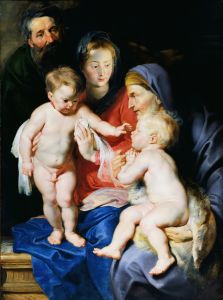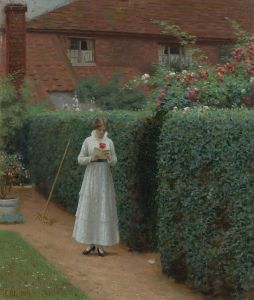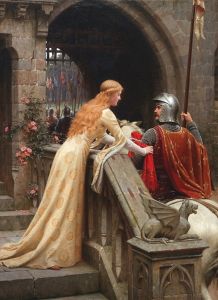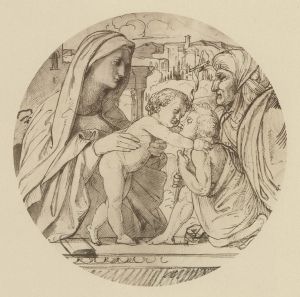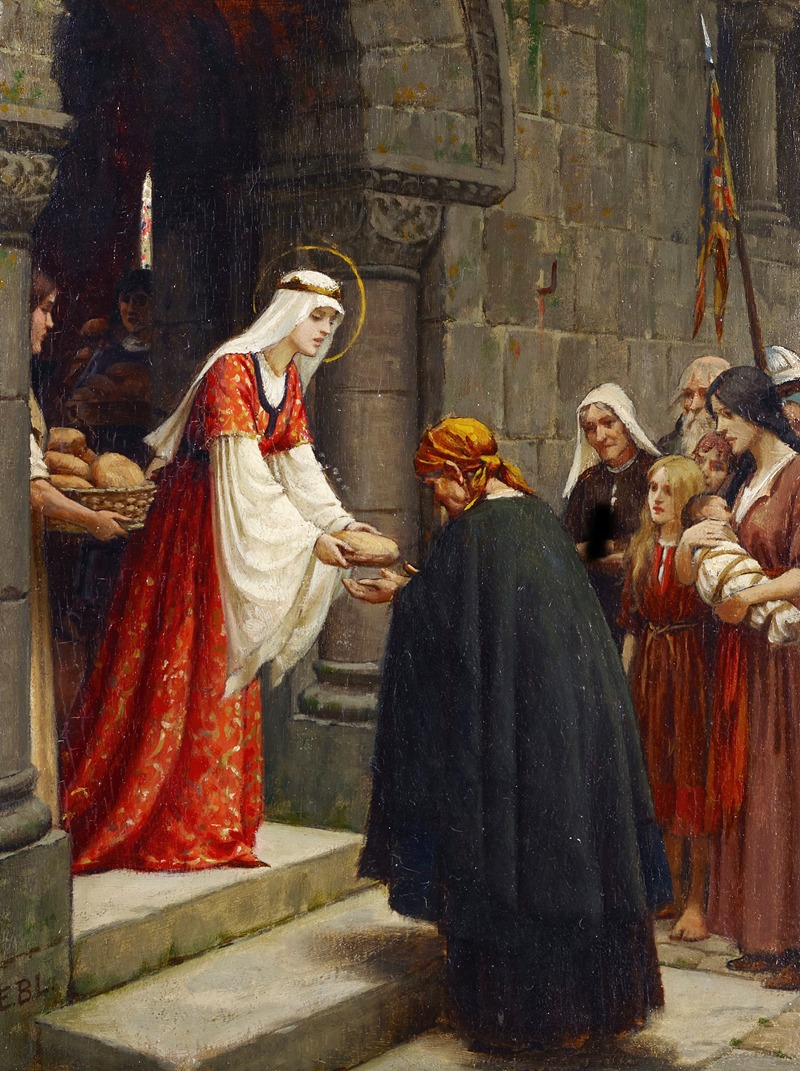
The Charity of Saint Elizabeth of Hungary
A hand-painted replica of Edmund Blair Leighton’s masterpiece The Charity of Saint Elizabeth of Hungary, meticulously crafted by professional artists to capture the true essence of the original. Each piece is created with museum-quality canvas and rare mineral pigments, carefully painted by experienced artists with delicate brushstrokes and rich, layered colors to perfectly recreate the texture of the original artwork. Unlike machine-printed reproductions, this hand-painted version brings the painting to life, infused with the artist’s emotions and skill in every stroke. Whether for personal collection or home decoration, it instantly elevates the artistic atmosphere of any space.
Edmund Blair Leighton was a British painter known for his historical genre paintings, often depicting romanticized scenes from the medieval and Victorian eras. One of his works, "The Charity of Saint Elizabeth of Hungary," exemplifies his interest in historical and religious subjects, though specific details about this particular painting are limited.
Saint Elizabeth of Hungary, also known as Saint Elizabeth of Thuringia, was a 13th-century princess renowned for her charitable works and deep religious devotion. Born in 1207, she was the daughter of King Andrew II of Hungary and was married to Ludwig IV of Thuringia. Elizabeth is celebrated for her dedication to the poor and sick, often giving away her wealth and resources to help those in need. After her husband's death, she became even more committed to her charitable endeavors, eventually joining the Third Order of St. Francis and founding a hospital where she personally tended to the ill.
Leighton’s painting likely captures one of the many legendary acts of charity attributed to Saint Elizabeth. Artists of the 19th century, including Leighton, were often inspired by such historical and religious figures, using them to convey moral and virtuous themes. In his works, Leighton was known for his meticulous attention to detail, historical accuracy in costumes and settings, and a romanticized portrayal of his subjects, which would have been evident in his depiction of Saint Elizabeth.
While specific details about the painting "The Charity of Saint Elizabeth of Hungary" are scarce, it can be inferred that Leighton would have portrayed Elizabeth in a moment of compassion or charity, consistent with her historical reputation. His style typically involved rich colors, careful composition, and an emphasis on the emotional and narrative aspects of the scene.
Leighton’s broader body of work often focused on themes of chivalry, romance, and virtue, which were popular in the Victorian era. His paintings were well-received for their technical skill and the way they captured the imagination of the public, who were fascinated by the idealized visions of the past. Although not as widely known today as some of his contemporaries, Leighton’s work remains appreciated for its craftsmanship and the way it reflects the values and interests of his time.
In summary, while specific information on "The Charity of Saint Elizabeth of Hungary" by Edmund Blair Leighton is limited, it can be understood within the context of his broader oeuvre and the historical figure it depicts. The painting likely illustrates a scene of charity and compassion, hallmarks of both Saint Elizabeth’s life and Leighton’s artistic focus.






